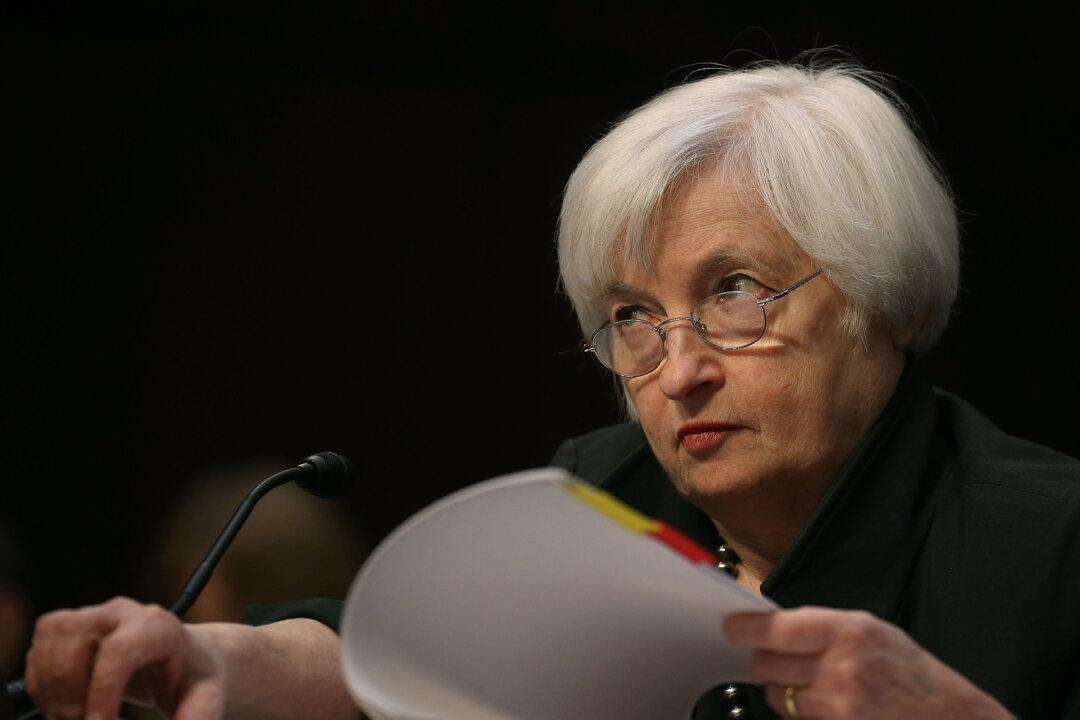The market can’t say it didn’t see it coming. The Federal Reserve had been talking about raising rates for more than a year. And yet, as the Fed finally moved, the 0.25 increase in the Federal Funds rate wasn’t exactly priced in.
Since Dec. 16, the day of the announcement, the S&P 500 has lost 8 percent.
“It seems to me that Janet Yellen and her confreres at the Federal Reserve simply missed their mark. They might’ve raised rates but didn’t in 2014 or 2013 and meanwhile … the economic situation weakened in 2015,” said James Grant, chief editor of Grant’s Interest Rate Observer.
GDP only grew 0.7 percent annualized in the fourth quarter of 2015 compared to 2 percent in the third quarter, a clear slowdown.
source: tradingeconomics.com
The two other measures the Fed watches closely when making interest rate decisions, inflation and unemployment, did not call for an increase in rates. Inflation is much lower than the 2 percent target and unemployment not low enough to reflect an overheating of the labor market.
But the Fed had to follow through on its promise to raise rates in 2015.





